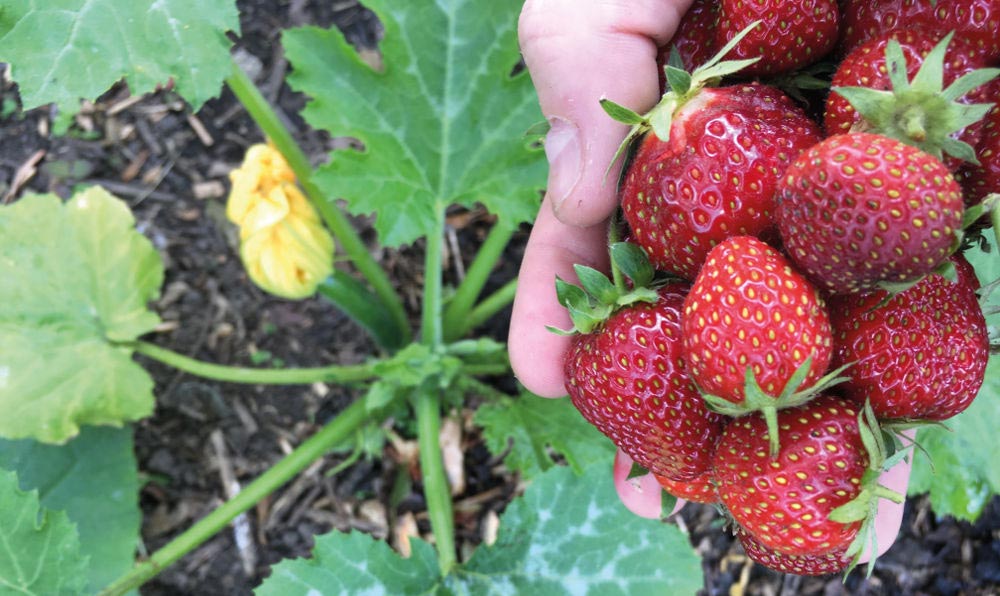
Ethical Gardening
Growing your own, ditching the plastic, and encouraging wildlife: how to become an ethical gardener this year
As 2019 brings ethical consciousness to the forefront of every aspect of our lifestyles, we look at how we can introduce ethical thinking to our gardens this year.
PLASTIC-FREE
Plastic-free living isn’t just about swapping the carrier bag for a canvas tote. Introduce a plastic-free ethos to your garden by making the switch to biodegradable plant pots. A staggering half a billion plastic plant pots are ending up in landfill every year, so go for the pots made from materials like coconut husk or wood chip instead, these materials can all be added to the compost when they’re no longer needed. Take inspiration from your home and instead of chucking those hard-to-recycle products, give a container another life and reuse it as a crafty new plant pot. Plastic bottles can also make for a fun hanging planter, just fill with compost, plant seedlings and hang from a tree or pergola. When you do use plastic, avoid dumping products in landfill and find out if your local garden centre has a recycling scheme. Read up on companies like TerraCycle who take in all your unwanted plastic and repurpose.

GROW YOUR OWN
Growing your own fruit and vegetables is another fantastic way to be environmentally conscious, all the while improving your diet at the same time. Introduce pallets and hanging baskets to your garden if you’re short on space, and if your garden is more spacious, think about devoting a section of it to growing things like tomatoes, potatoes, courgettes, broccoli and beans. Herbs are also fantastically easy to grow at home – they like the sun and you can experiment with everything from oregano and sage to rosemary and dill. Given the push for a more mindful population who prioritise wellbeing, growing your own is also a great way to get outdoors and harness the therapeutic properties of green garden space.
ENCOURAGING WILDLIFE
Tempting wildlife into your garden is far easier than you may initially think, and just by doing little things here and there, you can help provide habitats and food for wildlife that need that extra boost. Think about erecting a bird feeder in your garden so smaller birds like blue tits, robins and sparrows can have a fighting chance at getting food without being pipped to the post by greedy squirrels. If your garden is getting a re-design this year, think about planting wildflowers and nectar-rich plants like lavender and nepeta to encourage pollinators like bees to your garden. Another way of encouraging wildlife is to allow for a bit of healthy garden mess. This means some twiggy debris or piles of leaves which make good habitats and provide food. Finally, consider installing a pond in the new year (although you’ll need a safety cover if you have young children around). Ideally, your pond will have shallow edges allowing for easy access for frogs and newts, ultimately increasing biodiversity and adding to your local habitat.
VEGAN GARDENING
As veganism grows in popularity and people seek to avoid using animal by-products in all parts of their lives for health, ethical and environmental reasons, the trend for vegan gardening is also picking up the pace. There are now 60,000 vegans in the UK who believe that animal farming is wasteful of land and resources, cruel to animals and ultimately bad for human health. Gardening expert Matthew Appleby advises making your own fertiliser to replace commercial versions that have blood, fish and bone (try stewing comfrey to make a ‘tea’ you can use) and make your own compost from green and brown organic material and vegetable food waste to replace animal manures. Read more.






